Receiving real-time notifications on your Mac is an important part of your workflow. You may miss important messages, emails, and calls when Mac notifications fail to pop up. You can always open the app or rely on notification badges to check the alerts, but it’s not ideal and can sometimes be time-consuming. Instead, use the tricks below to fix Mac notifications not showing.
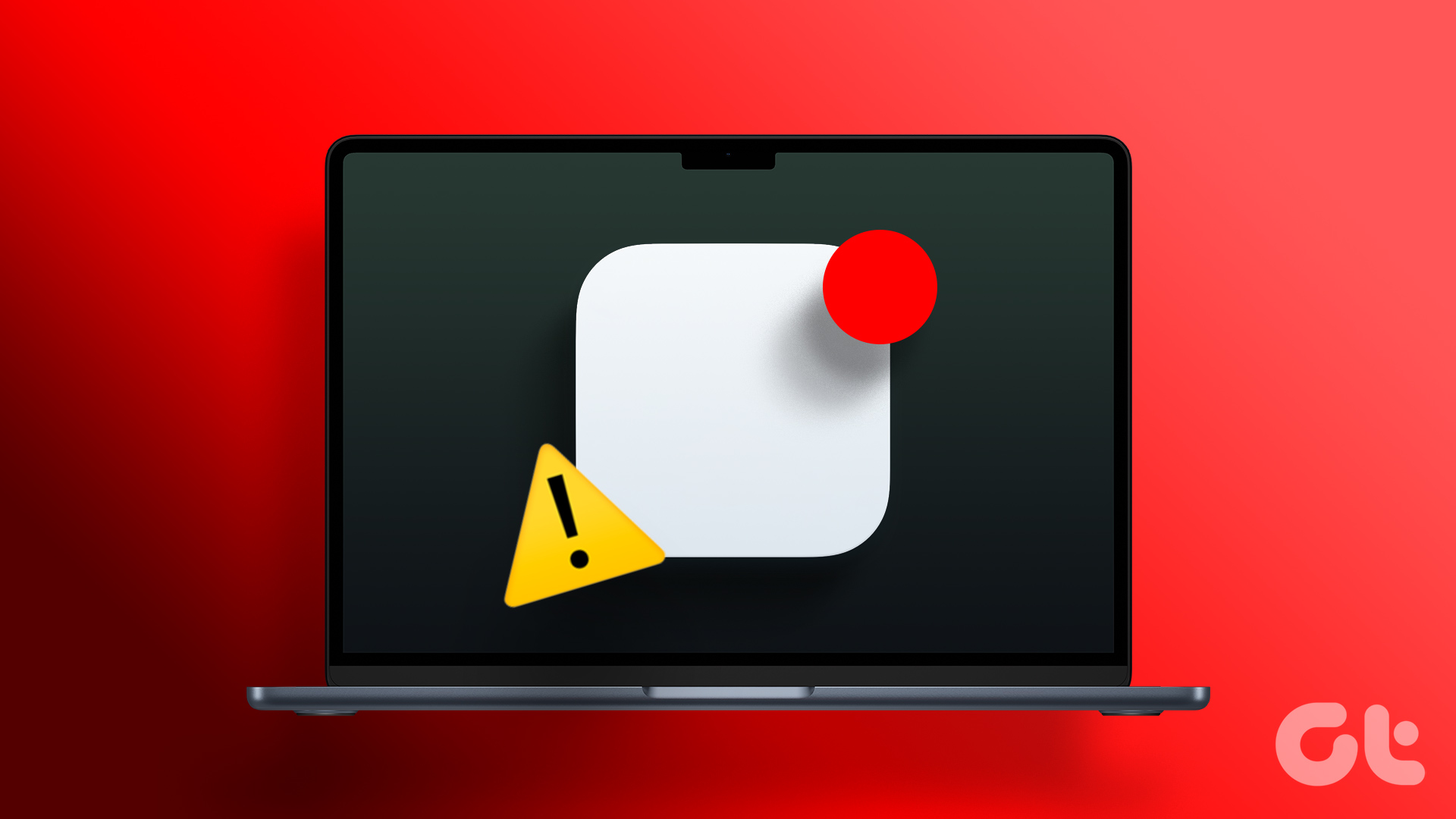
Several factors can affect your Mac’s notification system. macOS notifications not working can be due to denied permission, active DND mode, outdated apps, and more. Let’s cover some basics first and check advanced tricks to enable notifications on Mac.
1. Enable Notification Permission for Installed Apps
Whenever you open an app for the first time on Mac, it asks for notification permission (if required). If you have denied notification permission during startup, you must enable permission from the System Preferences/Settings. Here’s how to go about it:
On macOS Ventura (macOS 13) and Later
Step 1: Click the Apple icon and open System Settings.

Step 2: Select Notifications from the sidebar. Open an app from which you are not receiving alerts.

Step 3: Enable the ‘Allow notifications’ toggle and make necessary changes.

On macOS Monterey and Earlier
Step 1: Click the Apple icon in the upper left corner.
Step 2: Open the System Preferences menu.

Step 3: Go to the Notifications & Focus menu.
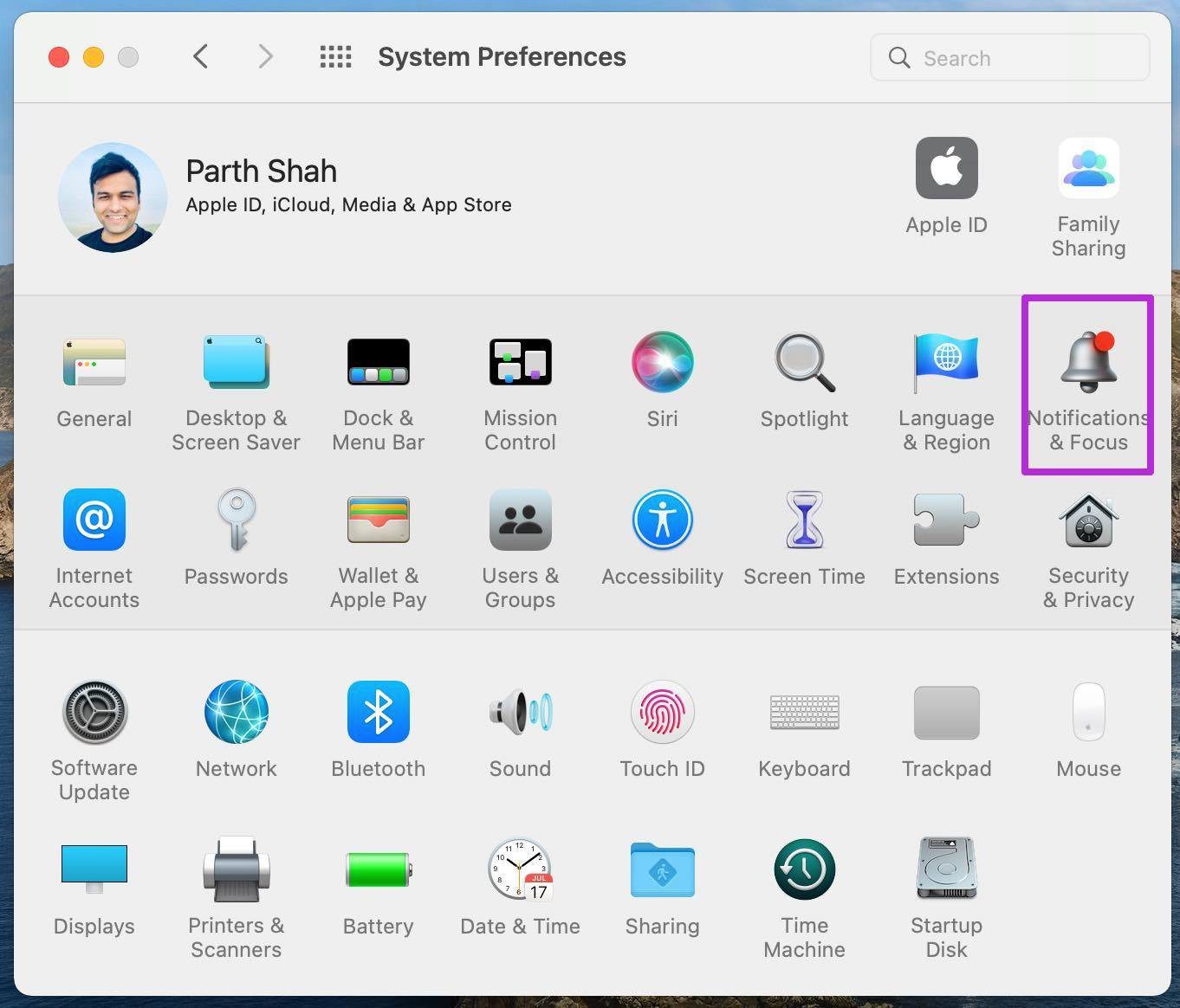
Step 4: Select an app that’s troubling you with notifications. Enable Allow Notifications toggle and close the menu.
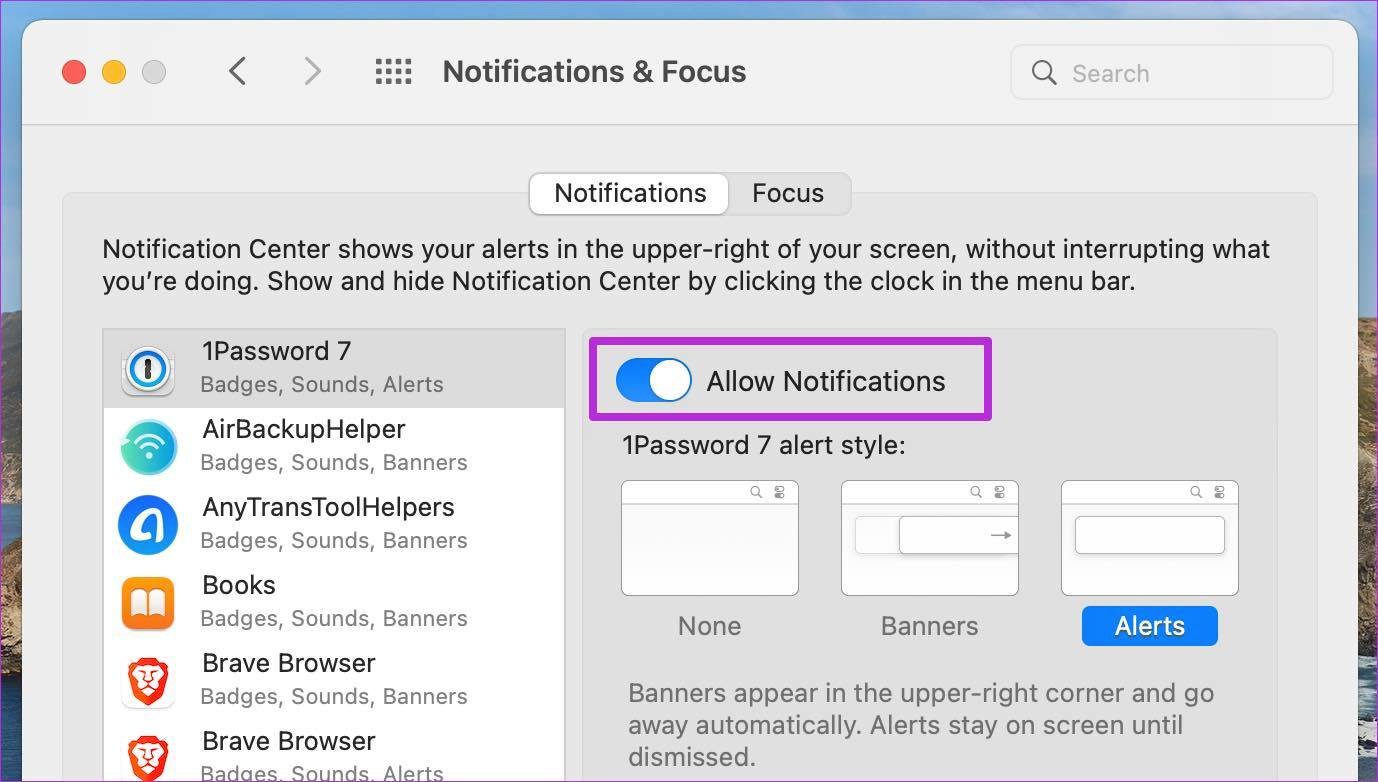
You are all set to receive notifications from the app. From the same menu, customize the notification experience as well. Select Alerts and ensure the latest messages appear in the Notification Center.
2. Disable Focus Mode on Mac
Since the macOS Monterey update, Apple has integrated the Do Not Disturb mode inside Focus on the Mac. If you have enabled a Focus mode on your Mac, it disables all notifications and calls on the device.
You need to open the Control Center and disable Focus mode. Alternatively, you can add apps as exceptions in a Focus profile and continue to receive notifications from them even when Focus is enabled. Here’s what you need to do.
On macOS Ventura and Later
Step 1: Go to System Settings and select Focus.

Step 2: Open a Focus mode and select Allowed Apps.
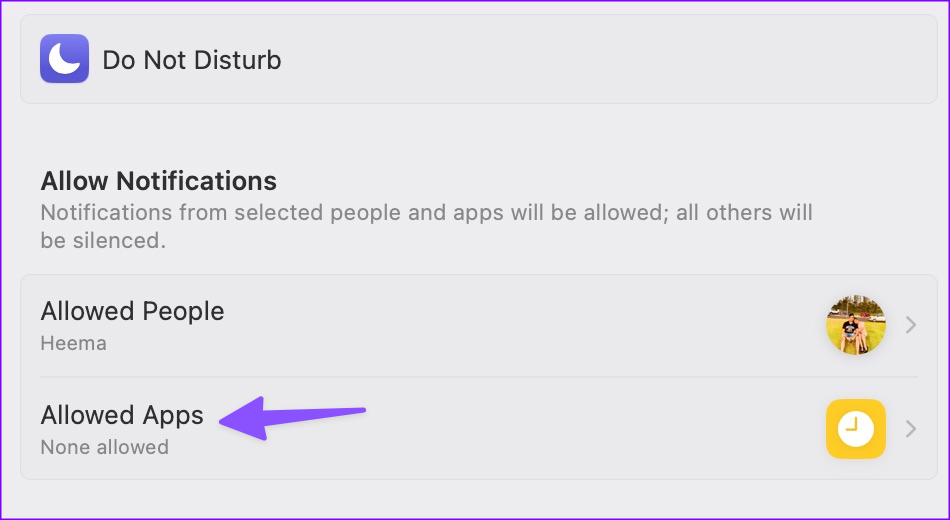
Step 3: Click +, search for apps, and add them to the list.

On macOS Monterey and Earlier
Step 1: Open the System Preferences menu.
Step 2: Go to Notifications & Focus.
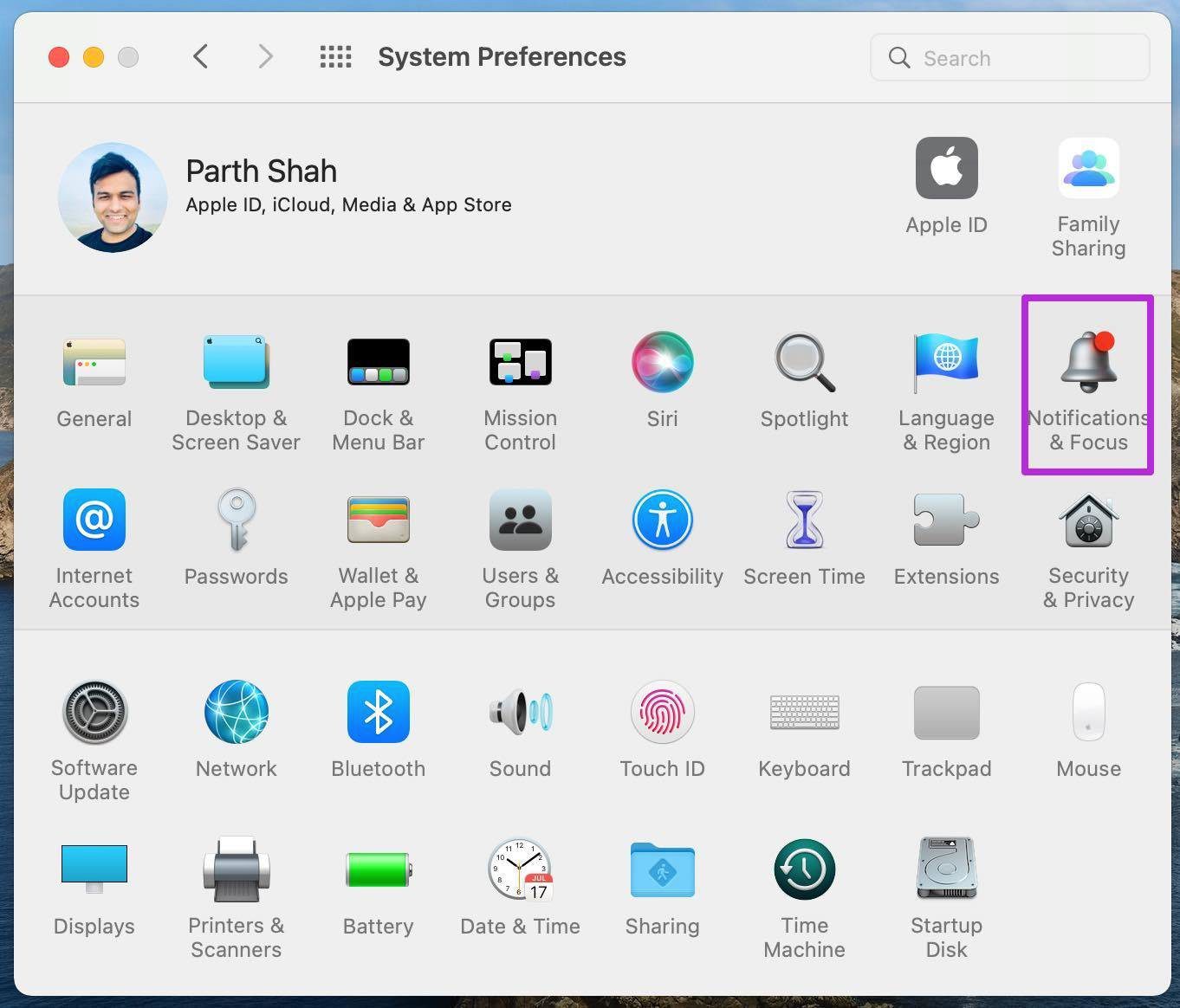
Step 3: Select the Focus profile that you use frequently on Mac.
Step 4: Select Apps and click on the + icon.
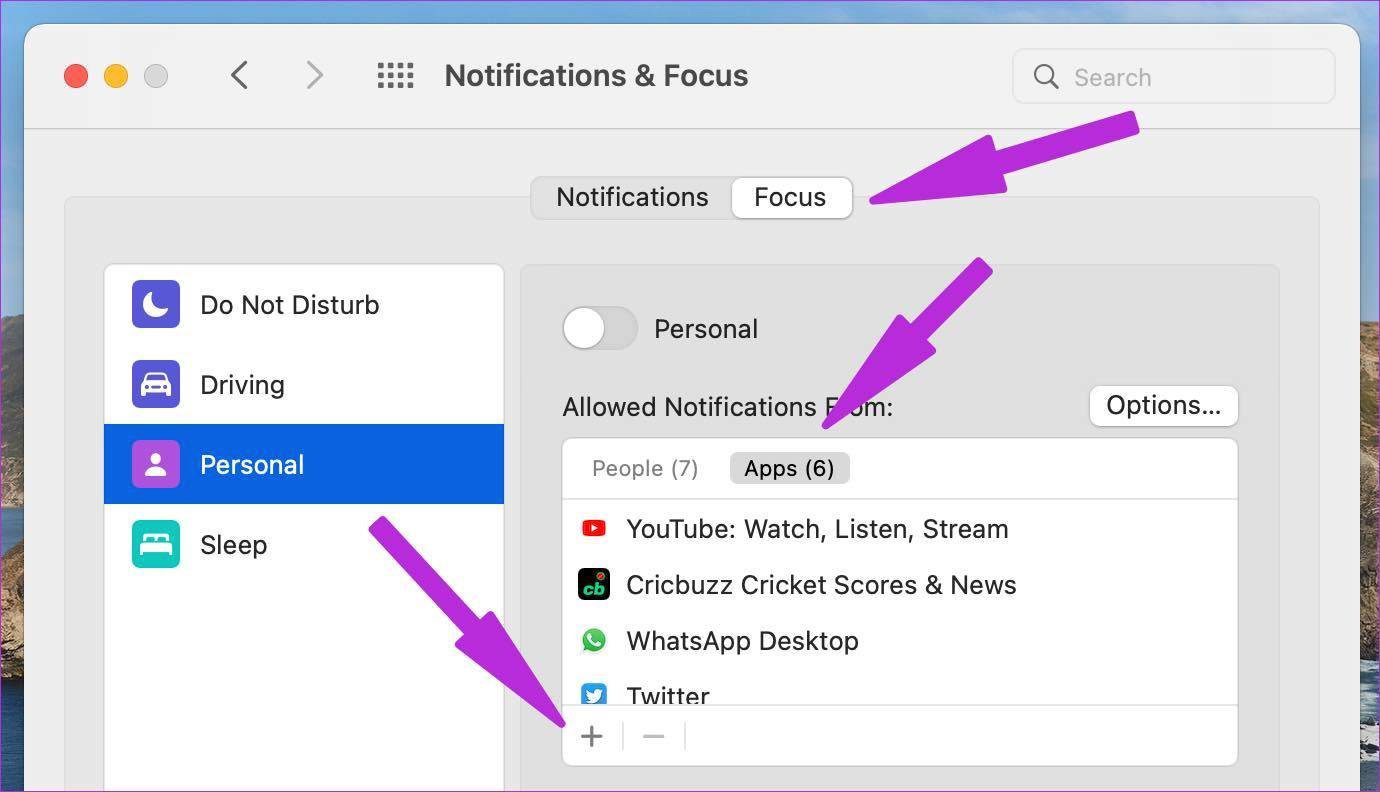
Step 5: Select an app from which you want to receive notifications during Focus mode and close the menu.
Now, you are all set to receive notifications from your favorite apps.
If you face notification issues with work apps like Slack or Microsoft Teams on Mac, add these apps as exceptions and receive instant alerts.
3. Check Mac Volume and Sound Output
By default, your Mac notifications are set to appear as banners in the top-right corner. Meaning they show up for some time and go away automatically. If your Mac is on mute, you may miss several notifications.
Step 1: Open the Control Center from the top-right corner. Use the slider to adjust the volume.

Step 2: Click the streaming icon to ensure your MacBook or external speakers are set as sound output.

4. Keep Apps Open in the Background
Unlike iPhone, you must keep the apps open in the background to receive instant push notifications on Mac.
You must open apps like Slack, WhatsApp, Telegram, and Microsoft Teams to get the latest updates. It works slightly differently on the desktop than on the mobile. If you quit such apps, you can’t receive notifications from them.
5. Open Apps During the Startup
If you don’t want to open several work apps manually, you can launch them at startup, too. That way, you are ready to get the latest updates from the start. Here’s how to open your favorite apps during startup on Mac.
On macOS Ventura and Later
Step 1: Launch System Settings and scroll to General. Select Login Items.

Step 2: Click + to open the Applications menu in Finder.

Step 3: Select the app and hit Open.
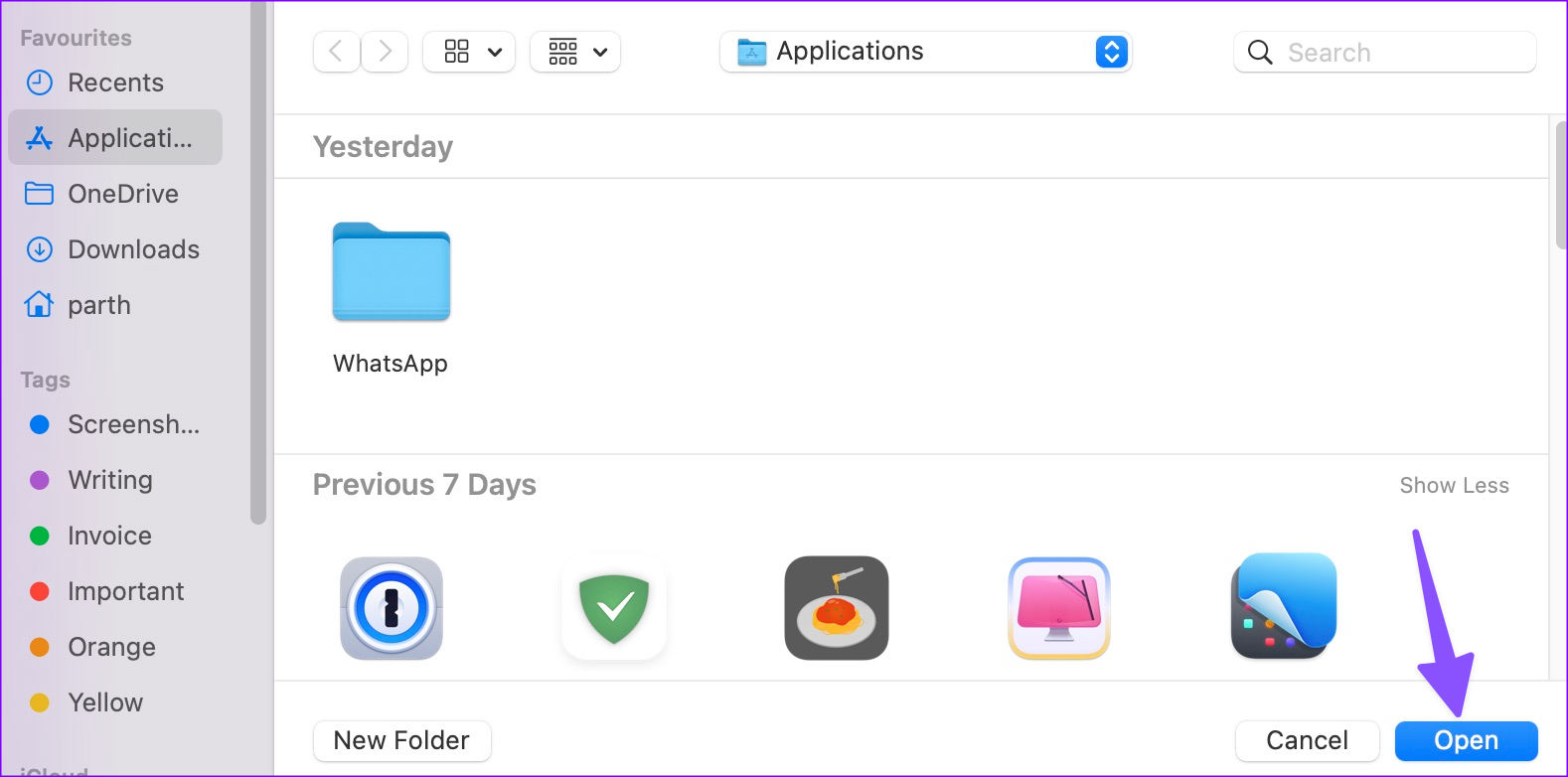
On macOS Monterey and Earlier
Step 1: Go to the System Preferences menu.
Step 2: Select Users & Groups.

Step 3: Click on Login Items.
Step 4: Select the + icon at the bottom and add apps from the Applications menu.

Don’t go overboard with this practice. You might feel lag if you enable 4-5 apps to open at startup.
6. Disable Share Across Devices
This applies to users living in the Apple ecosystem. When you enable Focus on iPhone, the system automatically enables the same for your iPad or Mac using the same account.
Enabling Focus on iPhone may trigger the same function on the Mac. You must disable your iPhone’s ‘Share Across Devices’ toggle, and iOS won’t share Focus status with other devices.
Step 1: Open the Settings app on your iPhone and go to the Focus menu.
Step 2: Disable Share Across Devices.

7. Check App Settings
This trick applies to IM (Instant Messaging) apps and work services like Slack and Teams. You won’t receive a notification if you muted a specific WhatsApp or Telegram conversation.
Similarly, there is an option to mute notifications for a specific time in Teams and Slack. Unmute channels, groups, and personal chats, and you are all set to receive notifications. Let’s take WhatsApp as an example here.
Step 1: Launch WhatsApp on Mac. Select a conversation and click the contact name at the top.
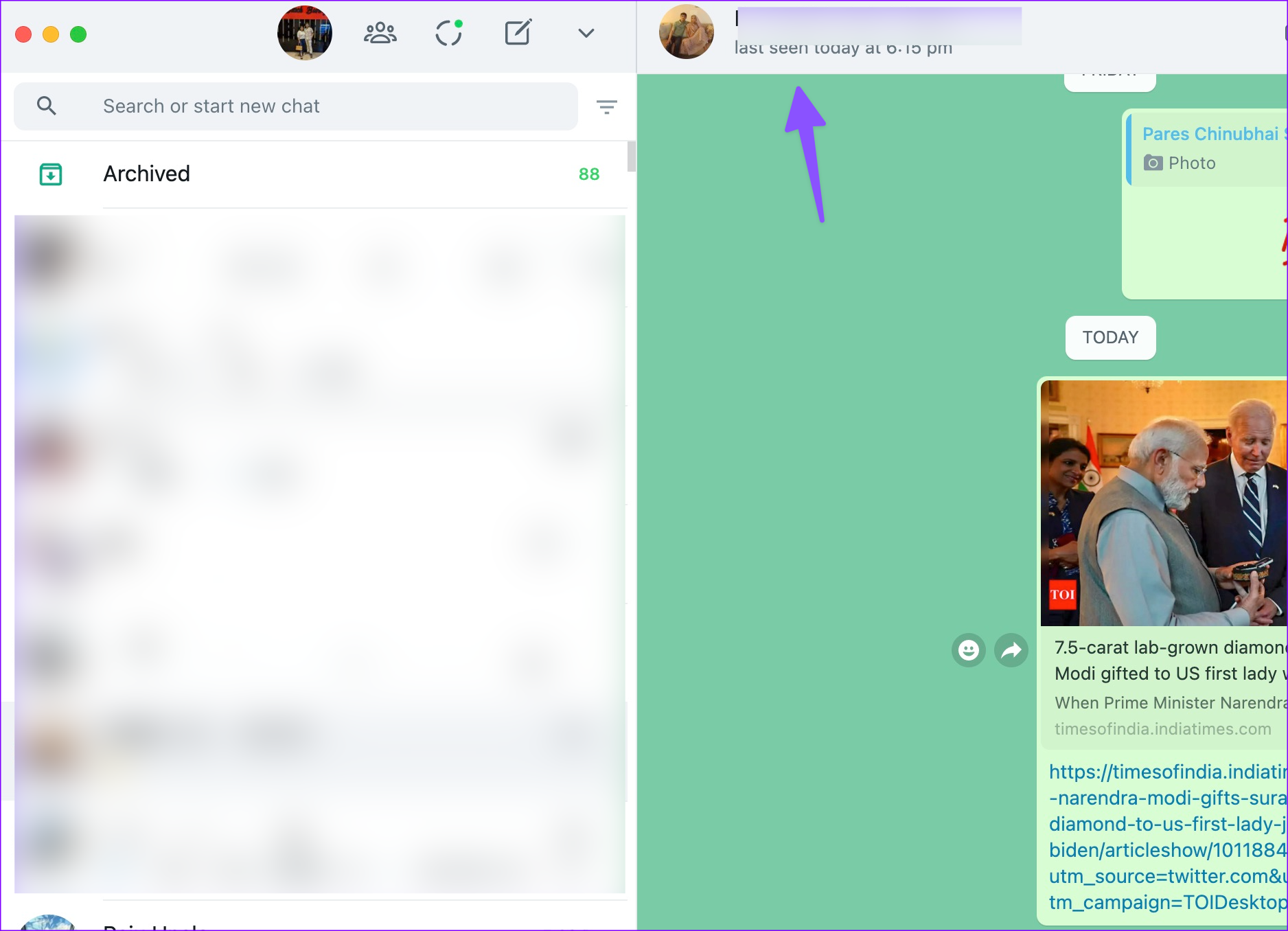
Step 2: Disable the ‘Mute notifications’ toggle.

8. Update Mac Apps
Unlike iPhone, you can’t update apps on the Mac automatically. You must open the App Store and install the new updates.
Not many are fond of this routine and continue using outdated Mac apps. That can result in notifications not working on Mac. Open Mac App Store and update problematic apps to the newest version.

9. Update macOS
Mac notifications not working can be due to outdated system software. Apple regularly releases new software versions to add new features and fix bugs. Here’s how to update macOS to the latest version.
Step 1: Open System Settings on Mac.
Step 2: Go to General > Software Update and install the latest macOS update on your Mac.

Find Notifications on Mac
Things can get confusing when notifications stop working on Mac. Before reinstalling apps and starting from scratch, use the above methods to fix the issue and receive notifications.
Was this helpful?
Last updated on 05 March, 2024
3 Comments
Leave a Reply
The article above may contain affiliate links which help support Guiding Tech. The content remains unbiased and authentic and will never affect our editorial integrity.



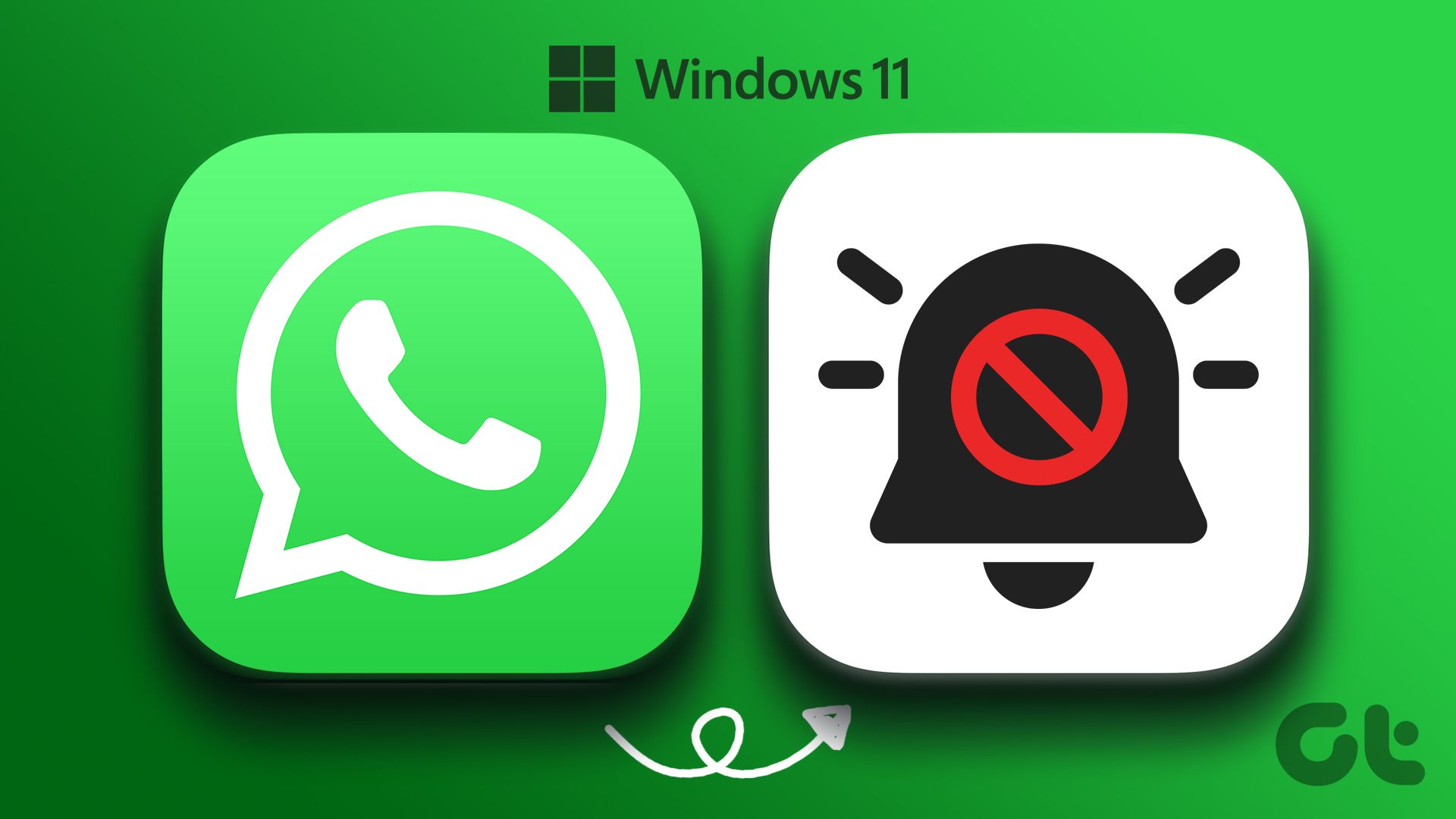
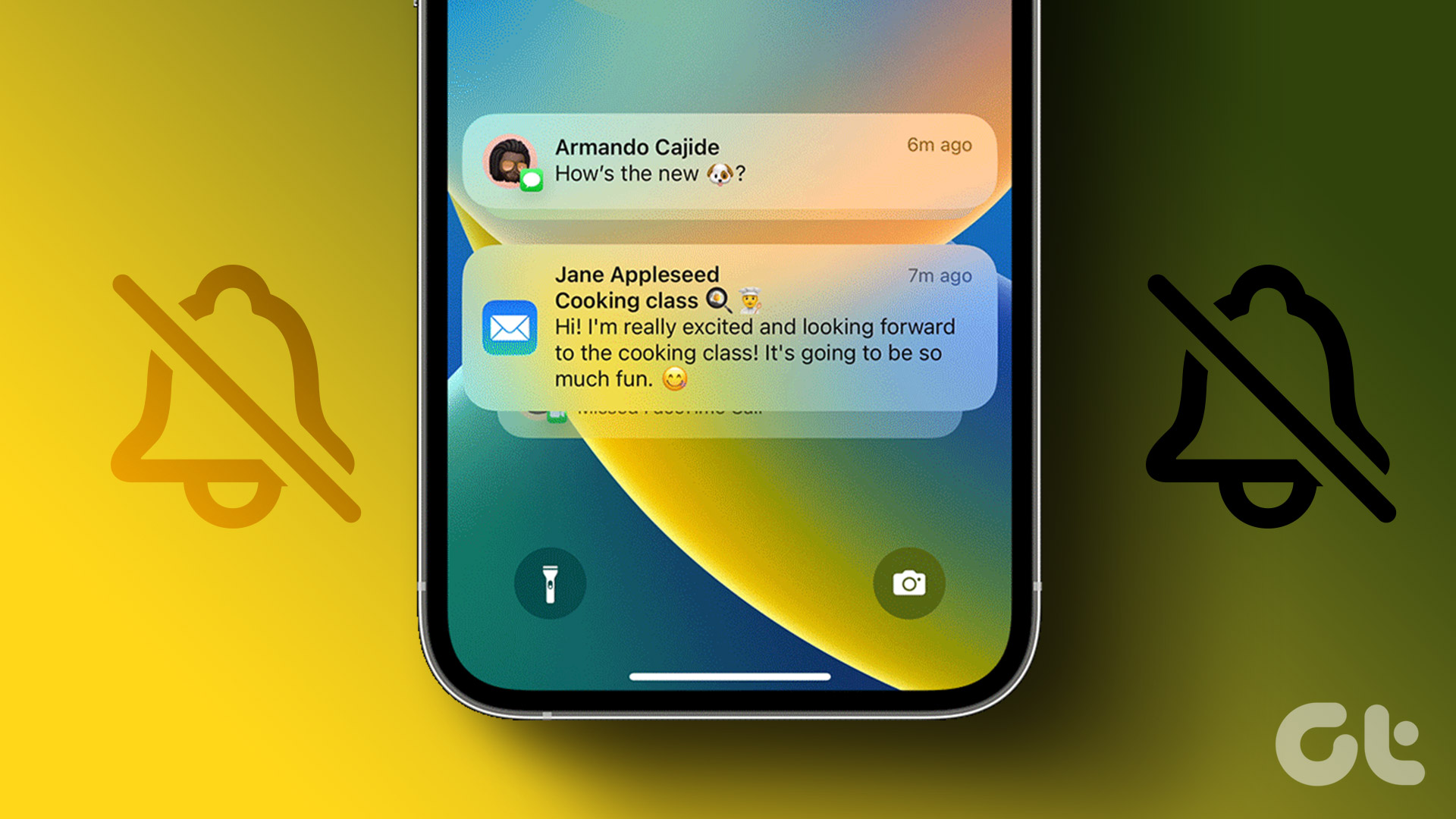

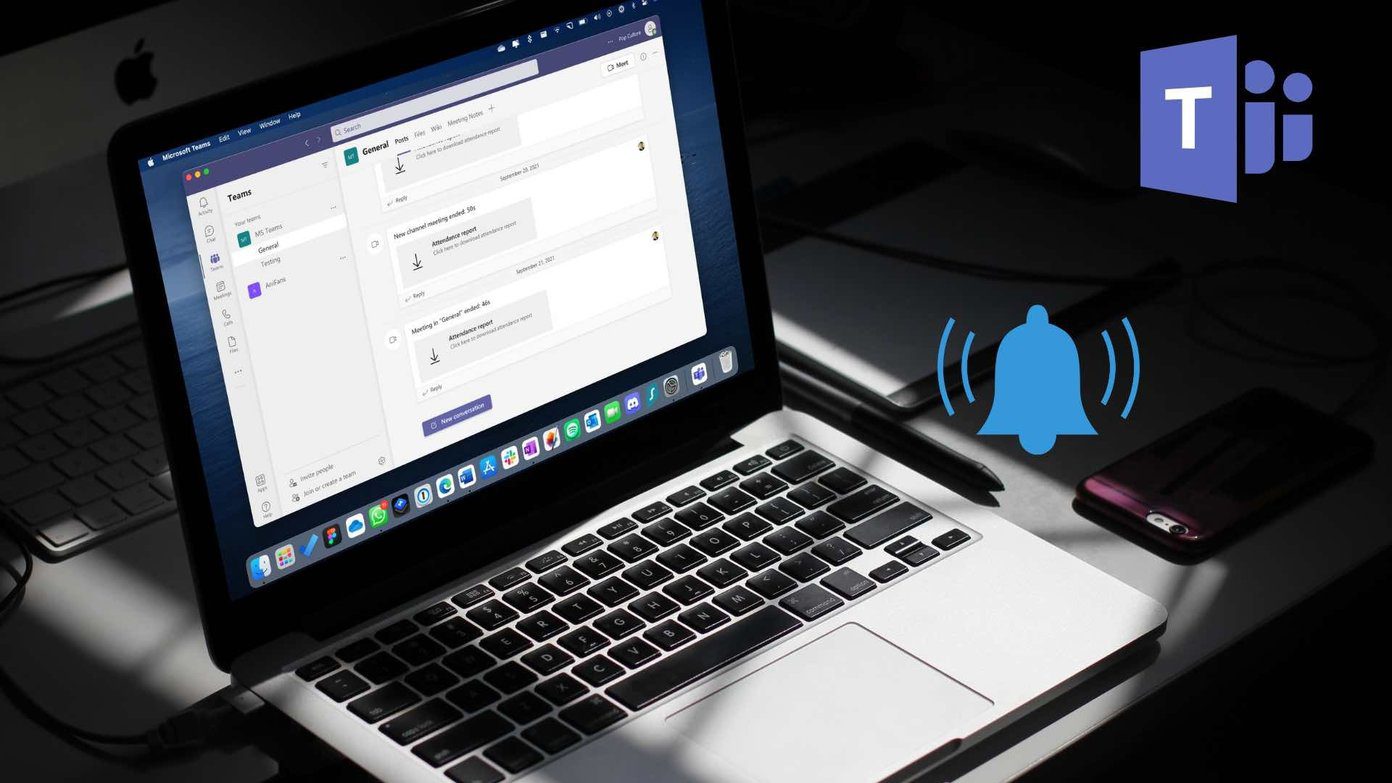

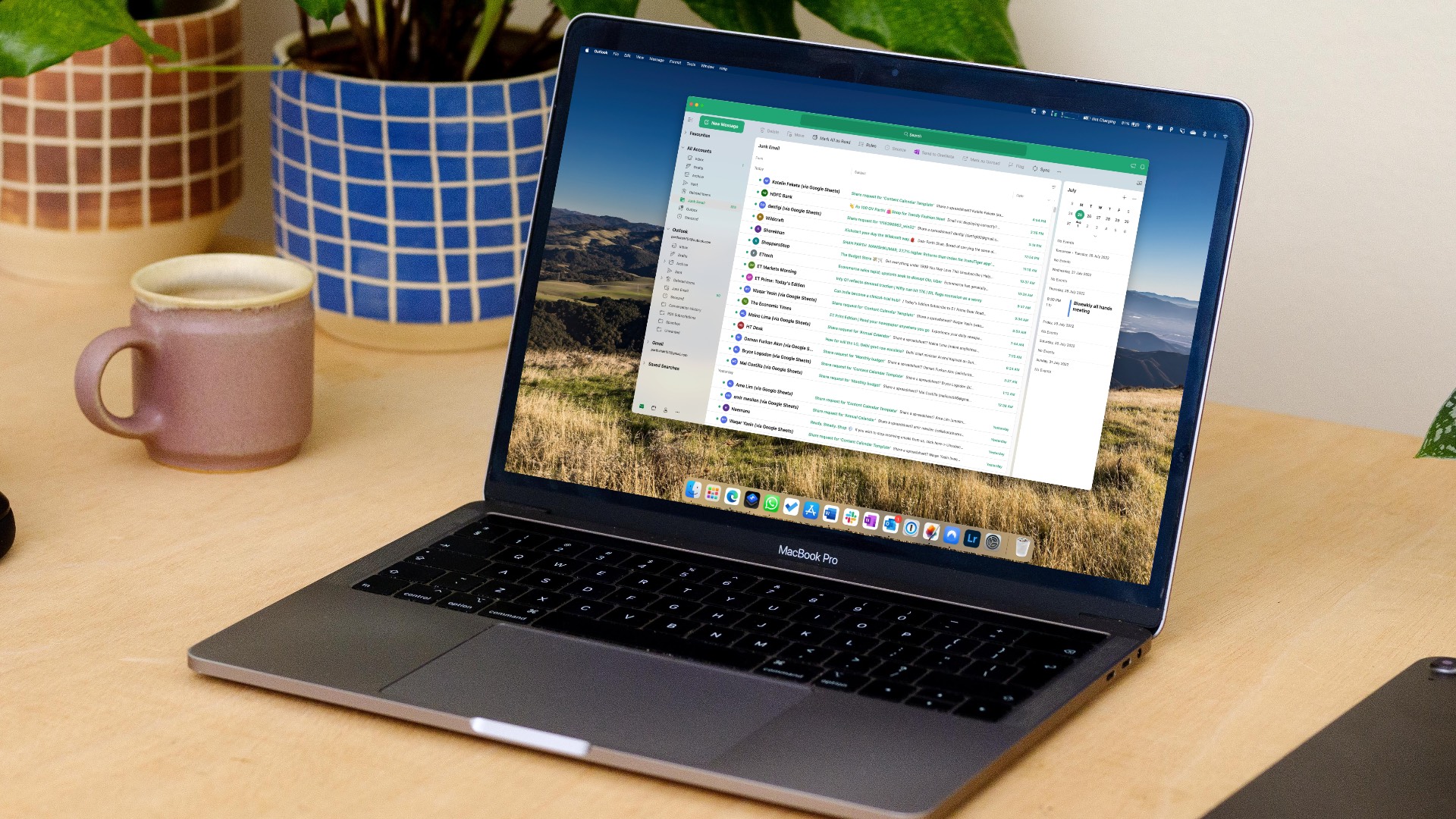
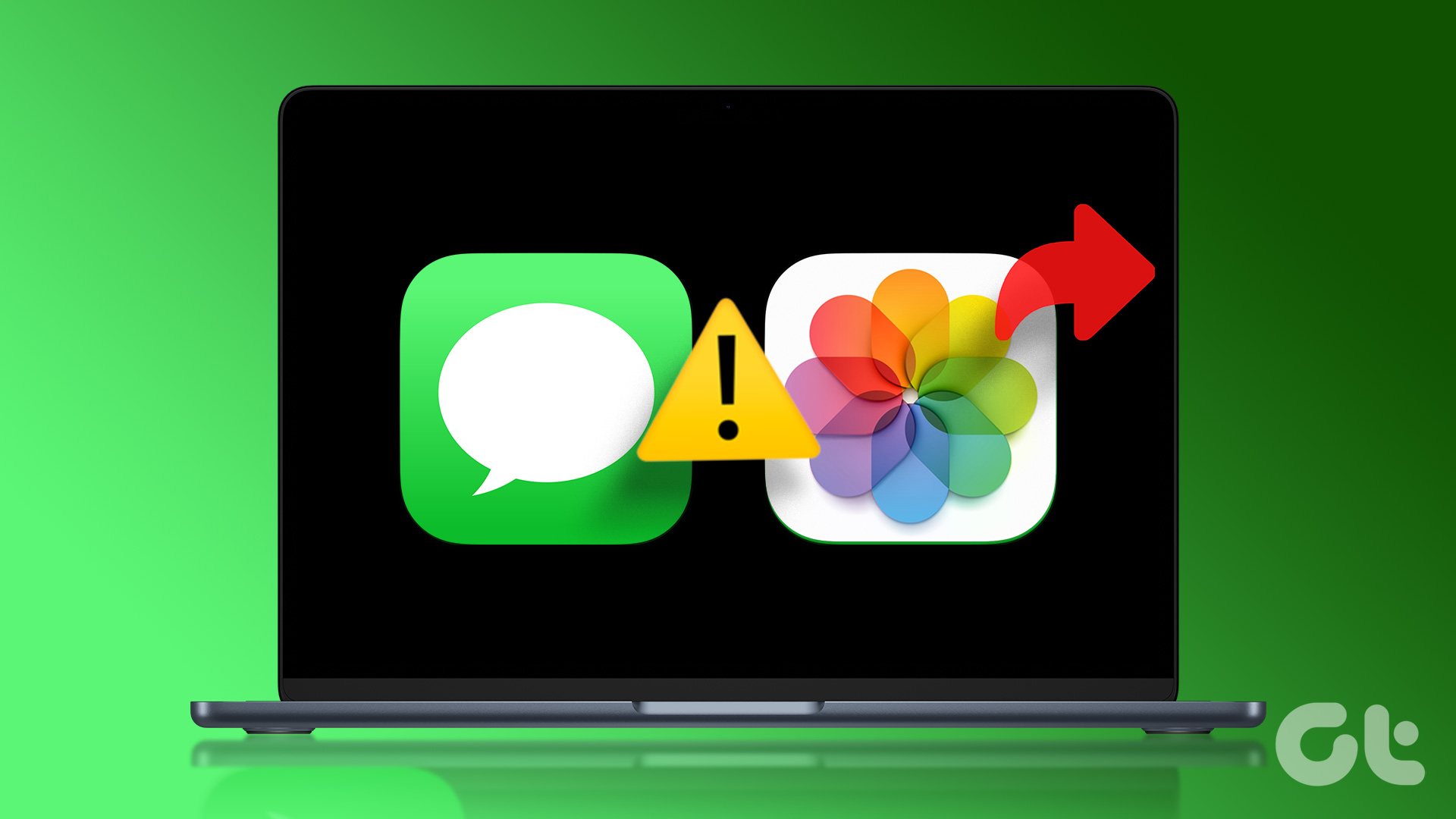
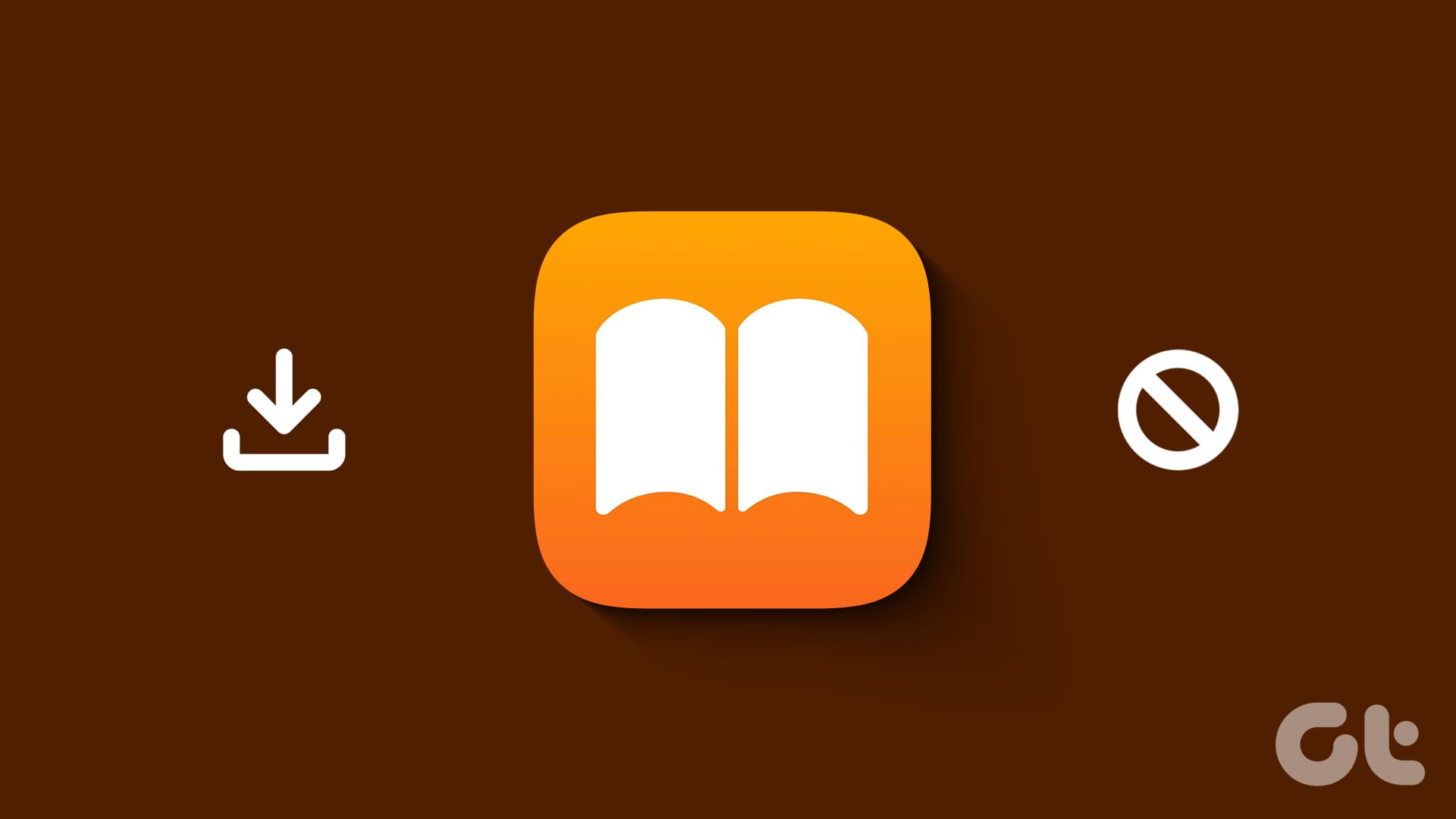
For Mac
One thing I just found is that if you are using Apple TV as a monitor, you have to select “When Mirroring or sharing the display” on the “Notifications” sections at the bottom.
This was it! This fix should be added to the list above, I had a display attached and for some reason I stopped seeing notifications and following Chris’ suggestion above resolved my issue.
Guys thanks. But can’t catch how to get “skip” button back when my Mac`s apple music notification is on. I had it but lost and don’t know know hot to get it back. By now notification is working but there is no “skip” button. Even removing all system did not helped me.. Same situation with YouTube. Thanks a lot…